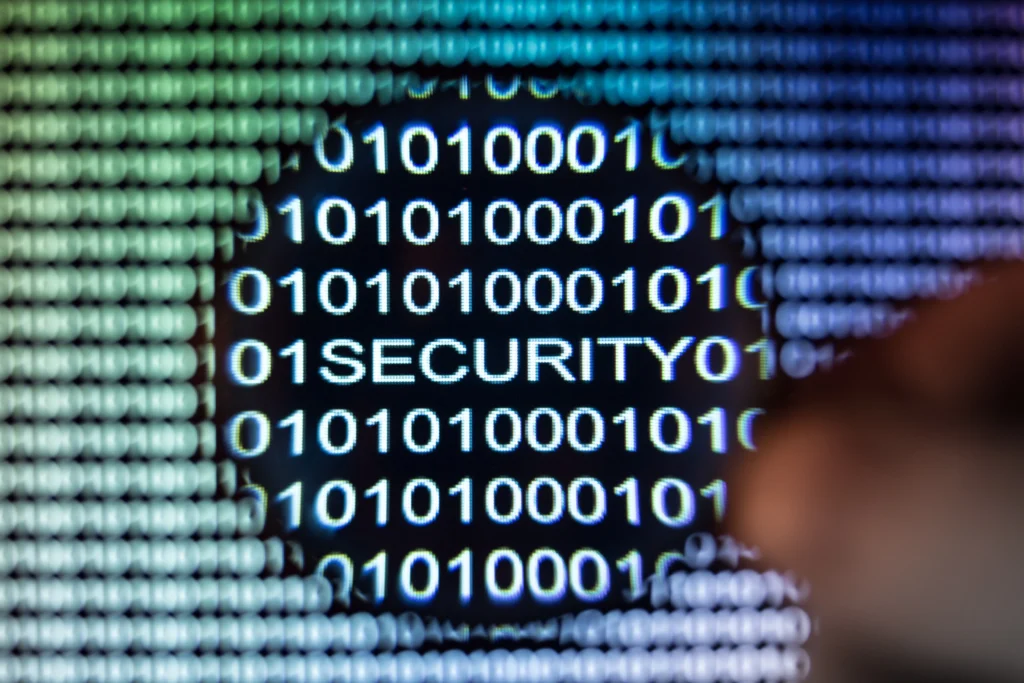It was a sunny afternoon when Sarah decided to share a throwback picture from her graduation on Facebook. Little did she know that this innocent post could be the gateway for social media identity theft. With just a few details, cybercriminals can piece together enough information to impersonate you and access your sensitive data. As we become more intertwined with the digital world, understanding how to maintain online safety has never been more critical.
The Hidden Dangers of Social Media
Social media platforms are treasure troves of personal information. From birthdays and anniversaries to vacation plans and job updates, each post we share can contribute to a broader profile that cybercriminals exploit. A simple status update about your recent trip could alert thieves to your empty home, while a LinkedIn job update provides clues about your professional background.
Social media identity theft occurs when attackers use your shared information to commit fraud or impersonate you. Once they gather enough details, they can perform activities such as:
- Account Takeover: Hackers gain control over your accounts to solicit money from your contacts.
- Phishing Attempts: They send deceptive messages to your friends and followers, tricking them into revealing sensitive information.
- Creating Fake Profiles: These profiles are used for scams, such as catfishing or fraudulent sales.
Related: 7 Tips to Manage Your Identity and Protect Your Privacy …
Steps for Effective Identity Theft Prevention
To minimize the risk of social media identity theft, adopt the following identity theft prevention measures:
- Review Privacy Settings: Regularly check and update your privacy settings to control who can see your posts. Limit your audience to trusted friends and family.
- Think Before You Post: Avoid sharing sensitive information like your full birthdate, address, or bank account details. Be cautious about posting real-time updates that reveal your current location.
- Use Strong, Unique Passwords: Strengthen your online safety by using robust passwords for your accounts. Employ a password manager to manage and generate unique passwords.
- Enable Two-Factor Authentication: Add an extra layer of security by enabling two-factor authentication (2FA) on your social media platforms.
Theft Defenders: Your Partner in Identity Theft Prevention
At Theft Defenders, we understand the complexities of social media identity theft and its implications. Our services, powered by advanced AI technology, offer real-time monitoring and alerts to help you stay one step ahead of potential threats. With our Defender 365 program, we scan both the internet and the dark web for any signs of your information being compromised. This holistic approach ensures that you are well-protected against various forms of identity theft.
Related: How-to guide: What to do if your identity is stolen
Expert Comments
FAQs
1. How can social media contribute to identity theft?
Social media platforms hold vast amounts of personal information. When shared openly, this data can be pieced together by criminals to commit fraud or impersonate the user.
2. What steps can I take to secure my social media accounts?
Regularly update your privacy settings, use strong passwords, enable two-factor authentication, and avoid sharing sensitive personal information like full birthdates or current locations.
3. How does Theft Defenders help in preventing social media identity theft?
Our Defender 365 program offers advanced monitoring and real-time alerts, scanning the web and the dark web for any signs of your information being compromised, ensuring comprehensive protection against identity theft.
At Theft Defenders, we’re committed to helping you maintain robust online safety and effective identity theft prevention. Sign up for our Defender 365 Free Scan today to ensure your information remains secure.
Author Bio
Michael T.
Michael T. focuses on bridging cybersecurity measures with identity theft prevention strategies. His extensive research and hands-on experience enable him to anticipate cyber threats and create proactive defense mechanisms.

